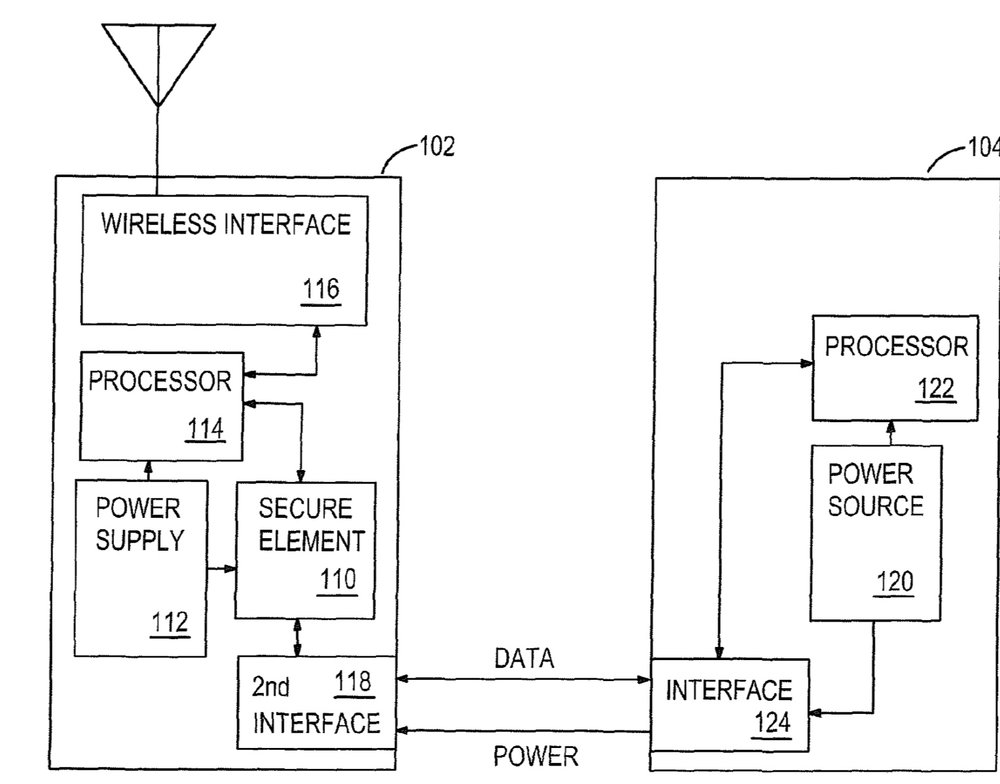Apple has been granted a patent (number 9,560,693) for “methods and apparatus for access data recovery from a malfunctioning device.” It involves, as you might guess, retrieving your important data when your iPhone goes on the fritz.
In one embodiment of the invention/service, trained service personnel are provided a specialized apparatus for retrieving access data from a malfunctioning device. For example, in the instance the device comprises a cellular device having an unrecoverable hardware failure, trained service personnel can connect to the secure element and retrieve the one or more electronic Subscriber Identity Modules (eSIMs) stored thereon. The eSIMs are then “reclaimed” and reprogrammed/distributed to a new device. In one implementation, security and integrity measures are taken to protect and control distribution of sensitive access data.

In the patent filing, Apple notes that one benefit of physical SIM cards is that they can be removed from one device and put into another device. For example, if a subscriber damages their existing phone (without damaging the SIM card), the subscriber can still salvage their SIM card for use with another phone. However, existing SIM solutions have other weaknesses and shortcomings. For example, subscribers need new SIM cards to change SIM operation (e.g., change carriers). Also, SIM card receptacles require significant internal device board space, and contribute to the size of the overall device form factor.
Apple says that desirable solutions to these issues would have the advantages of SIM card devices (e.g., recovery of subscriber specific user information) without the drawbacks of the physical SIM card itself. For instance, improved solutions for managing and accessing wireless services which do not rely on a physical card for access control would ideally include mechanisms for retrieving access data in the instance the device malfunctions.

